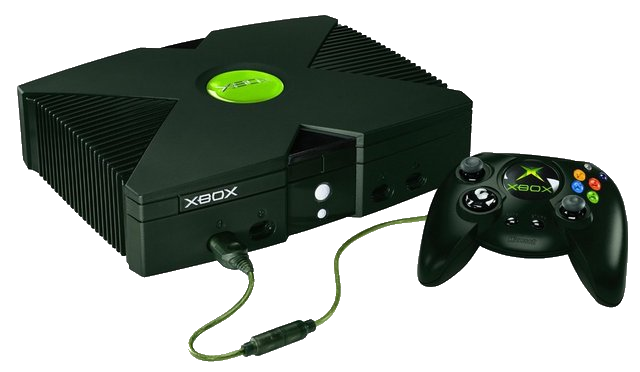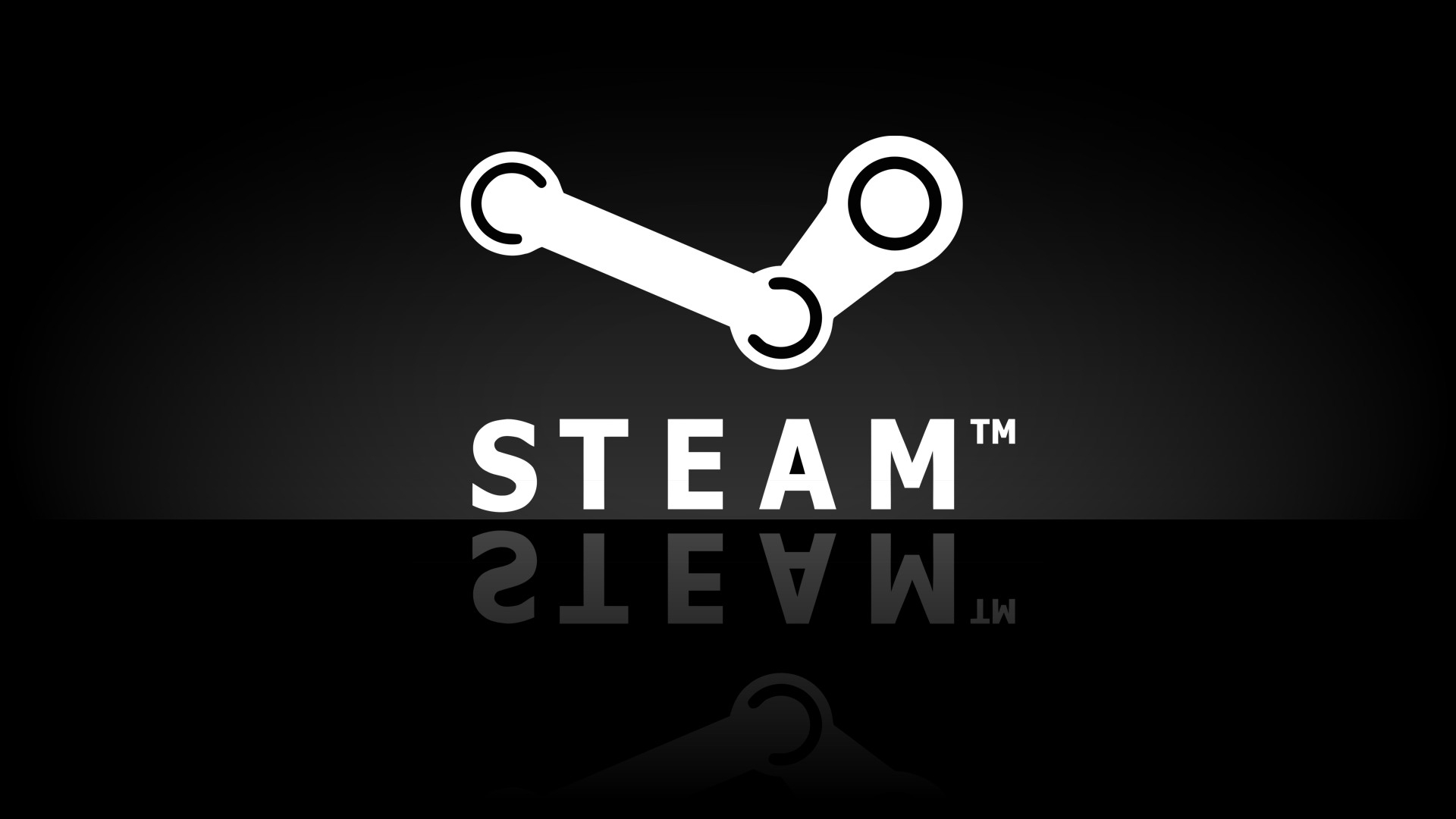Windows is changing . . . and developers need to be aware of how it could affect their livelihood.
While the realm of Windows PC has traditionally been an open platform for software development and a open market for game sales, that might be changing in the coming years. Developers should keep their ears to the ground, listening to the rumblings coming out of Redmond, Washington. Changes might be coming to Windows that will alter the way software is published and sold forever.

a history lesson
The personal computer marketplace has traditionally been an open one. A lot of now established developers got their start making games out of a garage and sometimes even sold via mail order. The 1980s were truly the Wild West, with several different competing formats, such as the Apple II in North America, the Sinclair ZX Spectrum in Great Britain and Europe, the MSX in Japan and the Commodore 64 around the world.
Despite numerous competing designs, one format would come to dominate personal computers by the end of the decade: the IBM PC. By 1987, the IBM PC became not only the dominant computer for business applications, but for computer games as well.
During the ’90s, computer games coalesced around IBM PC compatible machines running MS-DOS and (later) Windows operating systems. The rise of graphics cards also changed the market, putting greater emphasis on 3D graphics than ever before. The increasing complexity of games and the rising development costs were offset by the advantage of not having to run a game past a platform holder like Sony, Sega or Nintendo and pay them a license fee for putting a game out on their consoles.
Enter Xbox
In 2001, Microsoft entered the realm of console gaming by releasing the original Xbox. This is relevant for Windows PC gaming, since it marked a shift from Microsoft’s focus on gaming for its PC operating system to its game console. Halo: Combat Evolved became an Xbox exclusive and highlight of the systems launch, only coming to Windows two years later.
There are a couple reasons for this shift. Firstly, Microsoft wanted to support its fledgling platform, and by the dawn of the 21st century, it had no real competitors in the PC OS market any more. Secondly, Microsoft profited on every third-party game released on the Xbox, something that it did not get from every game sold for Windows PC.

The retail market for Windows PC games gradually dried out in the early 2000s, as the benefit of not having to pay a platform holder to publish a game was offset by piracy, usability problems present with non-standard hardware and retailers like GameStop putting emphasis on the used console game market (GameStop does not buy and sell used Windows PC games).
When the Microsoft launched the successor to the Xbox: the Xbox 360, it was so much less costly than a comparable gaming Windows PC at the time that the PC gaming market reached a new nadir. PC gaming comprised only about 14 percent of all game retail sales during 2007 and some even declared PC gaming to be dead.
Steam changed everything
While Windows PC games fell into a hole at retail from which it is unlikely to ever recover, digital sales started to rise to take their place. While many dedicated Windows PC gamers had been downloading games for years, very few of them had done so legally until the rise of Valve’s Steam service. Many users were wary of Steam at first, and using it to authenticate copies of Half-Life 2 was met with scorn and frustration but eventually the service grew to offer non-Valve games and helped breathe new life into the PC gaming sphere.

This did not go unnoticed by Microsoft, who attempted to emulate the success of Steam with their Games for Windows – Live (GFWL) service. Additionally, they attempted to leverage elements of their Xbox Live service, such as their Gamertag and associated achievements and Gamerscore, in addition to voice and text chat and the ability to see the status of friends using the service. Eventually, they released a Games for Windows Marketplace that allowed users to buy full digital games.
Certain features, like cross-platform play between Xbox 360 and “tray and play” (playing while a game is installing) never really materialized outside of a couple titles. The requirement of a $50 subscription fee also rubbed PC gamers the wrong way (it was dropped after one year), as many of the features offered by GFWL were free for many titles. There were also technical issues, such as GFWL corrupting save files and various connection errors that roiled many gamers.
While GFWL has since fallen by the wayside, issues stemming from it still affect certain Windows PC games to this day. Many require authentication from GFWL servers and the incompatibilities with Windows 10 makes getting some games up and running a chore. This, and a lot of bitter memories, are the legacy of GFWL to many PC gamers.
Apple and google eat microsoft’s mobile lunch
While Microsoft was attempting to lay claim to part of the newly refreshed Windows PC gaming sphere, they were also looking to control the burgeoning smartphone market. Their Windows Mobile initiative was built around the same business plan as their PC operating system – sell the OS with each unit of hardware. This was increasingly passed over, however, for Google’s Android OS, which the search engine giant licensed out for free.
Apple changed the way that smartphones were monetized when it released the App Store in 2008. This mobile marketplace was a new way for Apple to monetize its iPhones and allowed Apple to wield absolute power over what software was released for their phones. Google followed suit with what eventually became Google Play, and while Google Play has to compete with other app stores, it still reaches hundreds of millions of users around the world.
Microsoft, by contrast to Google and Apple, has struggled to gain a foothold at what is the largest growing segment of the computing market. What is now called Windows Phone makes up only about 2 percent of the smartphone market. Considering the revenue and control that Google and Apple exercise over their mobile marketplaces, it surely roils Microsoft internally that they haven’t been able to reach the same scale of users.

universal windows applications
All of this history brings us to the present day with Microsoft’s Universal Windows Application (UWA). Part of Windows 10, its an initiative by Microsoft to unite their fragmented platforms (phone, tablet, computer, and Xbox). While they say this is an acknowledgment that Windows PC in no longer the be-all-and-end-all of computing, it does seem to be a way to try and leverage the strength of their home computing department into something that might shore up other areas of their business.

The idea of a channeled pipeline for software has some definite upsides, such as limiting the means through which computer viruses can spread and allowing certain programs to more easily be available across multiple platforms. The closing pathways for programs to be sold on Windows platforms riled up Valve CEO Gabe Newell, who described Windows 8 as a “catastrophe” and said the closed nature of the Windows Store was something that could portend a closing of the traditionally open Windows PC experience. More recently, Epic Games co-founder Tim Sweeney posted a much longer screed against Microsoft’s initiative with UWAs.
“Microsoft has launched new PC Windows features exclusively in UWP, and is effectively telling developers you can use these Windows features only if you submit to the control of our locked-down UWP ecosystem,” wrote Sweeney. “They’re curtailing users’ freedom to install full-featured PC software, and subverting the rights of developers and publishers to maintain a direct relationship with their customers.”
Where everything might be headed
Game developers should be aware of how Microsoft is changing Windows because there’s a chance it could alter the platform permanently. Microsoft has consistently tried to entice gamers to upgrade to newer forms of Windows by only offering the latest version of the Direct X APIs on the newest versions of Windows. They’re also pushing the Windows Store as a platform for games by exclusively releasing Quantum Break on Windows 10 (it’s even free for those who purchase the Xbox One version).
The history of selling PC software (and by extension, PC gaming) is significant, but Microsoft CEO Satya Nadella seems like the sort to put his own stamp on things, rather than hold to tradition for its own sake. The fact that Steam (and other similar resources for downloading PC games like Origin, Uplay and GOG.com in addition to countless free-to-play games) have revived Windows PC gaming is surely nice, but Microsoft wants more. They’ve encouraged users sign up for Microsoft Accounts for all newer versions of Windows not only to help with security and settings, but also to better sell apps directly to Windows users. Despite failed attempts to integrate the Xbox and Windows platforms in the past, they see what Apple and Google have accomplished on their mobile store fronts and want that for themselves. The result would be billions of U.S. dollars in new revenue, and that’s what means the most to their stockholders.
All of this could be nothing; Windows 8 apps never exactly lit the world on fire. But if Microsoft obfuscates all other places to make purchases on Windows 10 OS and beyond enough and the Windows Store takes off, it could mean the end of Windows as a truly open platform and that 20 or 30 percent of all sales will be given to Microsoft. That’d be great for Microsoft but potentially less so for both developers and consumers.
Comments









